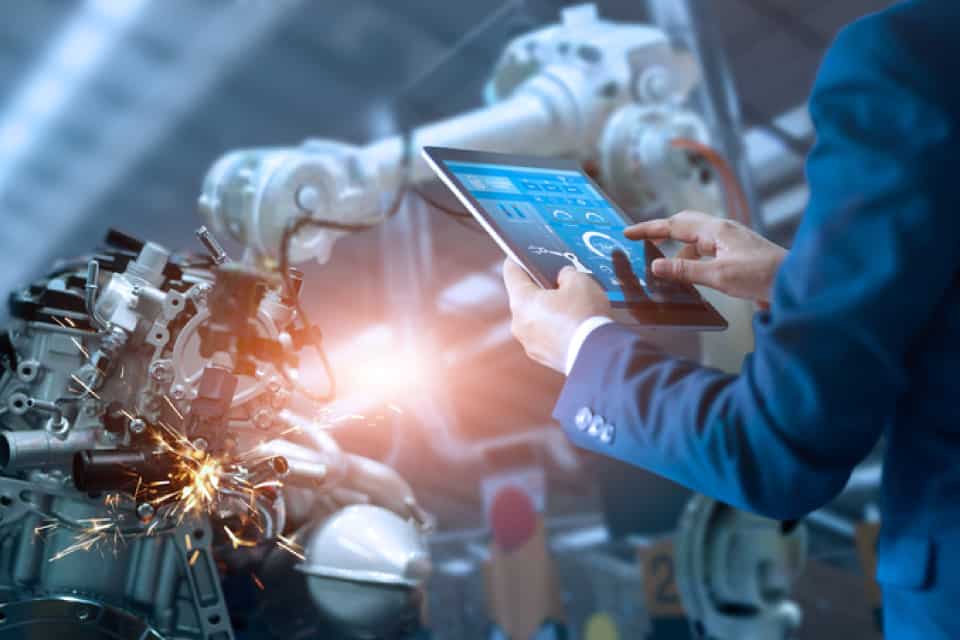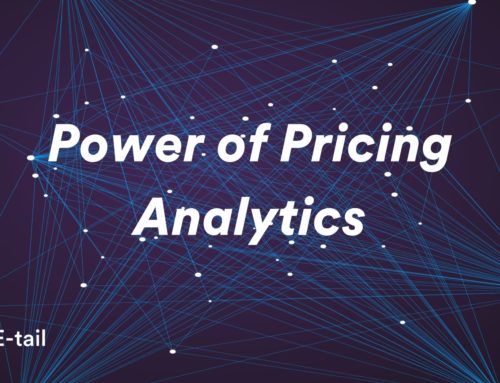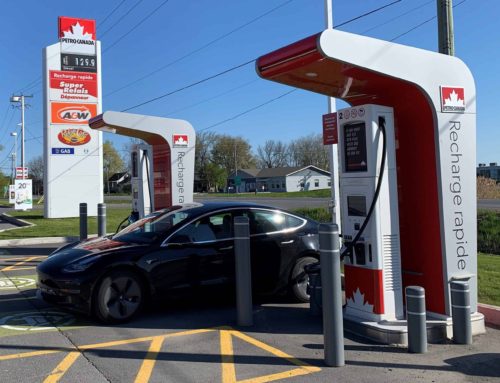By Greg Thomas, Vice President of Pricing Research & Insights and IoT Expert at Pricing Solutions
The Internet of Things is advancing at a breakneck pace, with new product innovations springing up in almost every industry. This is essentially occurring on two fronts: the transformation of “dumb” objects into data-driven smart devices, and the creation of wearable devices to track and manage the state of human and animal health.
These two areas are opening great opportunities for companies by utilizing mechanical machinery to both collect data and deliver targeted responses. However, innovative products also make pricing processes more challenging – how to effectively price IoT products when they are no longer just “products”?
Before discussing how to address such a pricing challenge, let’s examine advancements in data-enabled devices across different industries.
3 Examples of IoT Transformation
1. Wearables for Cows
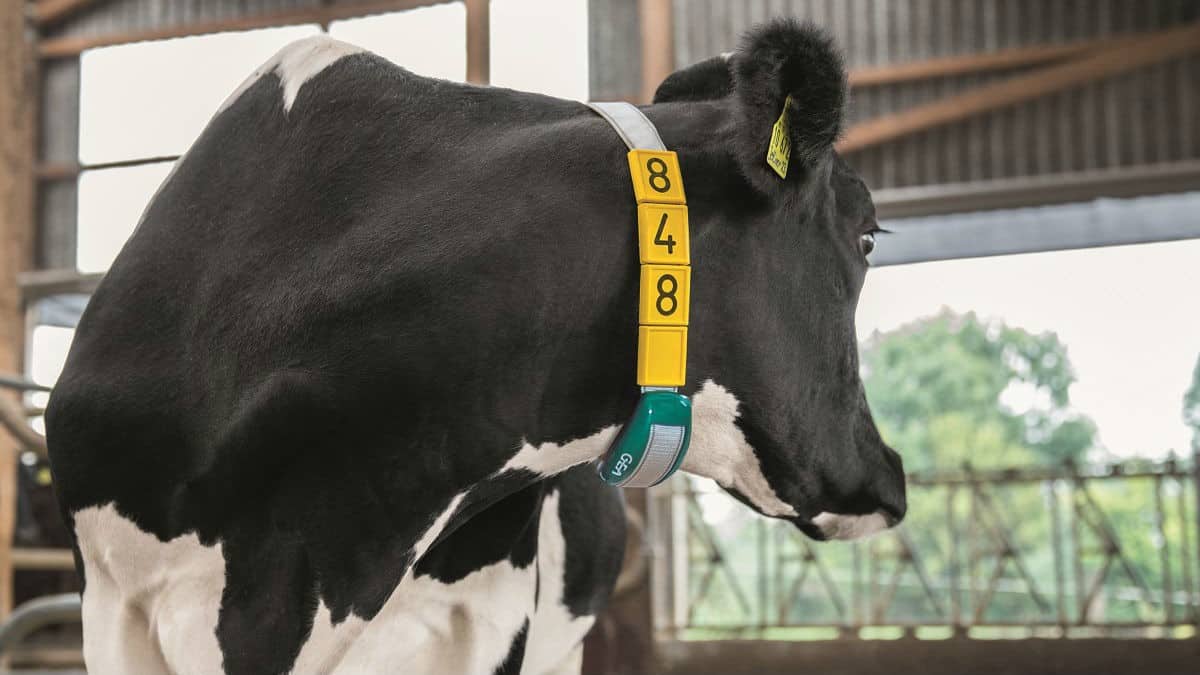
Image above: GEA’s CowScout device. Source: GEA’s website.
A number of biotech companies have developed wearable devices (collars, ear tags, implants) for dairy cows to track a cow’s movements and other biological signs continuously. The data from each cow is used to benchmark its own behavior from day-to-day, as well as against the herd. A cow’s movement can accurately predict illness before a farmer would visually notice any signs of it. Early detection means less-costly treatments and less use of antibiotics. The data can also be used to predict when a cow is going into heat, so she can be bred and put into milk production.
The traditional methods for detecting a cow’s health and reproduction were roughly 50% accurate and required significant daily human monitoring of the herd. With the new wearable technologies, these predictions can now be more than 80% accurate.
2. Precision Agriculture
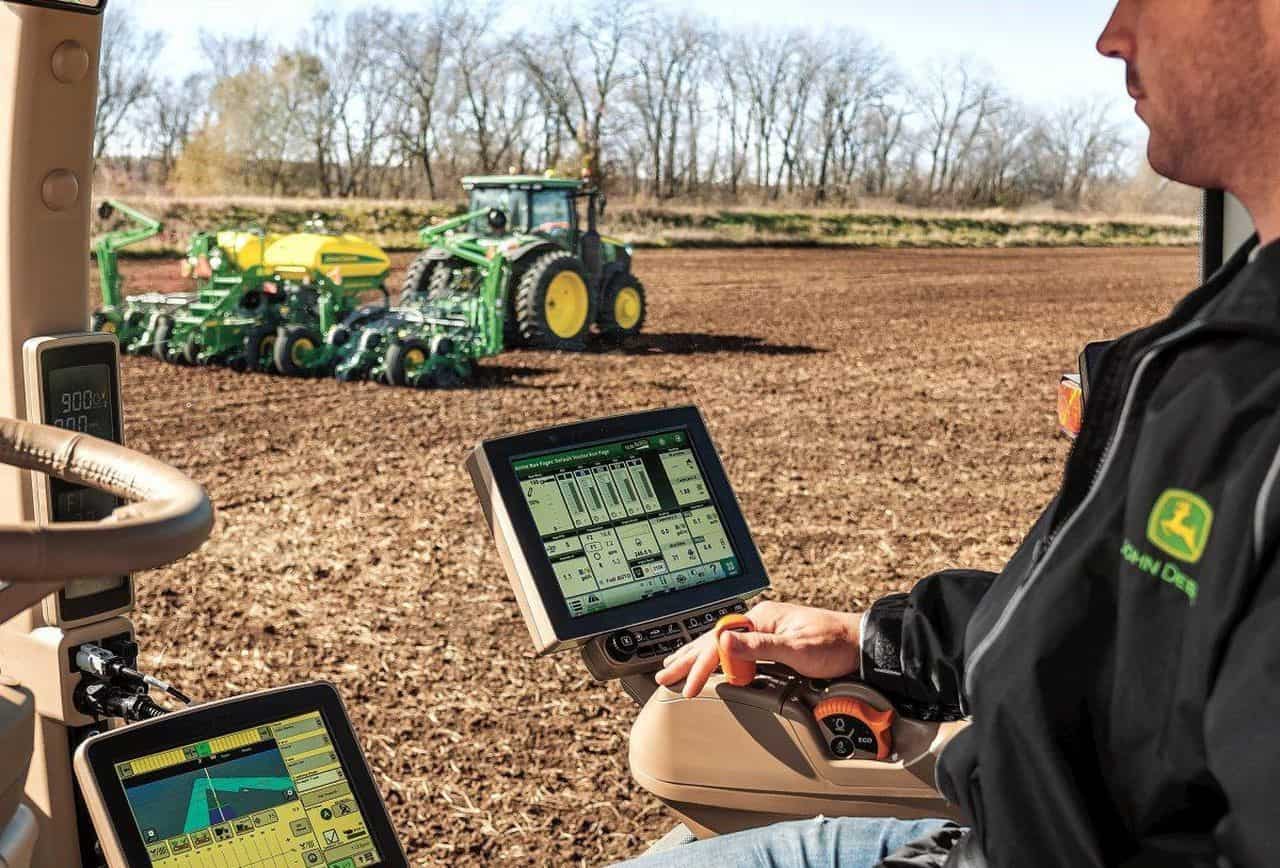
Image above: John Deere IoT-enabled tractor. Source: Forbes.
John Deere Precision Ag Technology and Case New Holland Advanced Farming Systems have developed and integrated several IoT technologies with their tractors. Different data capturing sensors, software apps, and digital displays are integrated into the new generation of tractors that enables highly precise farming.
With GPS and visual tracking, farmers can accurately map out where to plant seeds, apply fertilizer and spray pesticide, while the tractor monitors its performance against the core targets. Auto-guidance systems reduce row skips and overlaps, as well as decrease fuel consumption and apply seed more regularly. Fertilizer use is substantially reduced with sophisticated weed detection, allowing pinpoint spraying only where it’s needed.
The vast amount of data generated with new Interne- of-Things Technology can then be used to make improvement recommendations on planting, nurture, and harvesting operations. As a result, a farm’s crop yields increase which generates higher profits.
3. Commercial HVAC
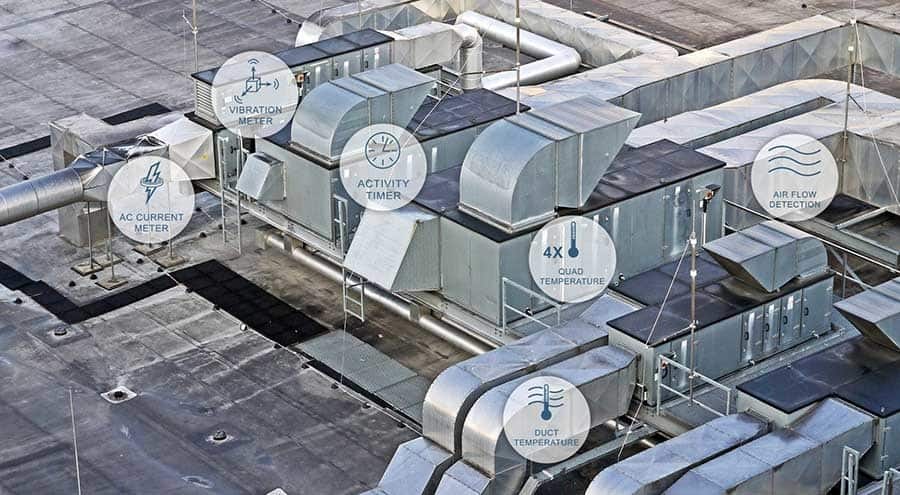
Image above: Monnit’s HVAC sensors drive efficiency and maintenance decisions. Source: Monnit’s website.
Commercial HVAC equipment manufacturers have built-in sensors to their products that monitor the performance of the heating and air conditioning equipment. The data is sent to a centralized cloud-based platform where algorithms interpret the data and assign relevant values.
For example, an air conditioner may have a certain vibration frequency when it’s performing well, and another frequency when the main belt is wearing or a screw is loose. When an abnormal vibration is detected, the system sends a predictive maintenance message to building operations like “Aircon 7 needs to be looked at – check fan belt 1”.
Large commercial buildings can have many HVAC units, door sensors, lighting banks, and other mechanical-electrical infrastructure, generating multiple maintenance predictions per day. Rather than simply sending a dumb “red light” signal that might require several hours from a trained technician to investigate, the new IoT-enabled machinery gives severity, likely time to failure and the potential cost of failure, along with prioritization. This allows the building maintenance team to accurately predict and budget for failure prevention.
Pricing Challenges with New IoT Technologies
In most cases, enabling machines with smart Internet-of-Things technology transforms the value offering from a pure product to a product-plus-ongoing-service combination. This extends the length of the relationship with the buyer and changes the perception of value. In some cases, such as wearable devices for cows, the offering may be entirely new to the industry, requiring a significant mindset shift.
When one buys a tractor or a commercial air conditioner, it is typically a “feature buy”, meaning the customer purchases the needed features at a price appropriate for the perceived value. IoT-enabled products include technology plus service components that increase ongoing value in terms of greater efficiency, improved revenues, reduced cost, increased safety, etc. These new “add on” benefits must be priced according to the value that the customer will derive from them. This is why it is crucial to measure the customer’s value perception before pricing IoT technology.
There is often a hidden structural challenge to migrating from pure product-based pricing to product-plus-service pricing for many organizations. The financial and accounting standards for most heavy industries are based on financing products and depreciating the asset over time. Adding subscription or service components to an equipment purchase can complicate the commercials and have knock-on effects on pricing.
For instance, customers accustomed to purchasing health devices as standalone products may not understand how to value an ongoing subscription offer. Or they may expect to get the device free of charge — essentially “bundled” with the subscription. From our experience in subscription pricing, consumers tend to prefer the simplicity of all-in pricing.
Clearly, IoT technologies pose considerable pricing challenges to a current pricing structure. But how can they be addressed to ensure the true customer’s value is captured?
Key Strategy of Pricing IoT Transformation
One of the key strategies we focus on at Pricing Solutions is Value Transition, which bases pricing on the level of utility a product-service combination provides for a customer segment. There are three stages of utility:
A device that simply monitors for certain conditions would generally have less value than one which can accurately instruct you on which action is the best one to take. However, the differences in value between Monitoring, Prediction and Prescription capabilities often vary by product and customer.
A device that only monitors for certain conditions would generally have less value than one which can accurately instruct a customer on which action to take.
For example, the Facility Manager of a single commercial building may just want the prediction that an HVAC component may fail within the next 3 months. A large university Facilities team with multiple buildings and a long daily work list may want a prescribed list of actions prioritized by urgency and cost. The single commercial building customer may undervalue prescription, while the university attributes significant value.
Getting The Price Right
When optimizing pricing for a new Internet-of-Things offering, we make heavy use of what’s called “conjoint analysis”. This entails presenting different price/offer structures to different potential buyers in different segments of the target market and gathering data points from the response.
Here are some examples of what we might test:
- All-in price versus a la carte
- Bundles
- Shifting price from the product to a recurring subscription, or vice-versa
- Variations with and without monitoring, prediction and prescription features
This process uncovers data and contextual information that allows us to quantify the level of interest in different offer structures, prices, and configurations.
The transformative nature of Internet-of-Things technology means that pricing your offering accurately is a complex challenge that can only be resolved with understanding customer’s value perception. Getting the price right can make a significant difference between a failed experiment in pushing new technology into an unreceptive market or a viable offering with high ROI and extended customer relationships.
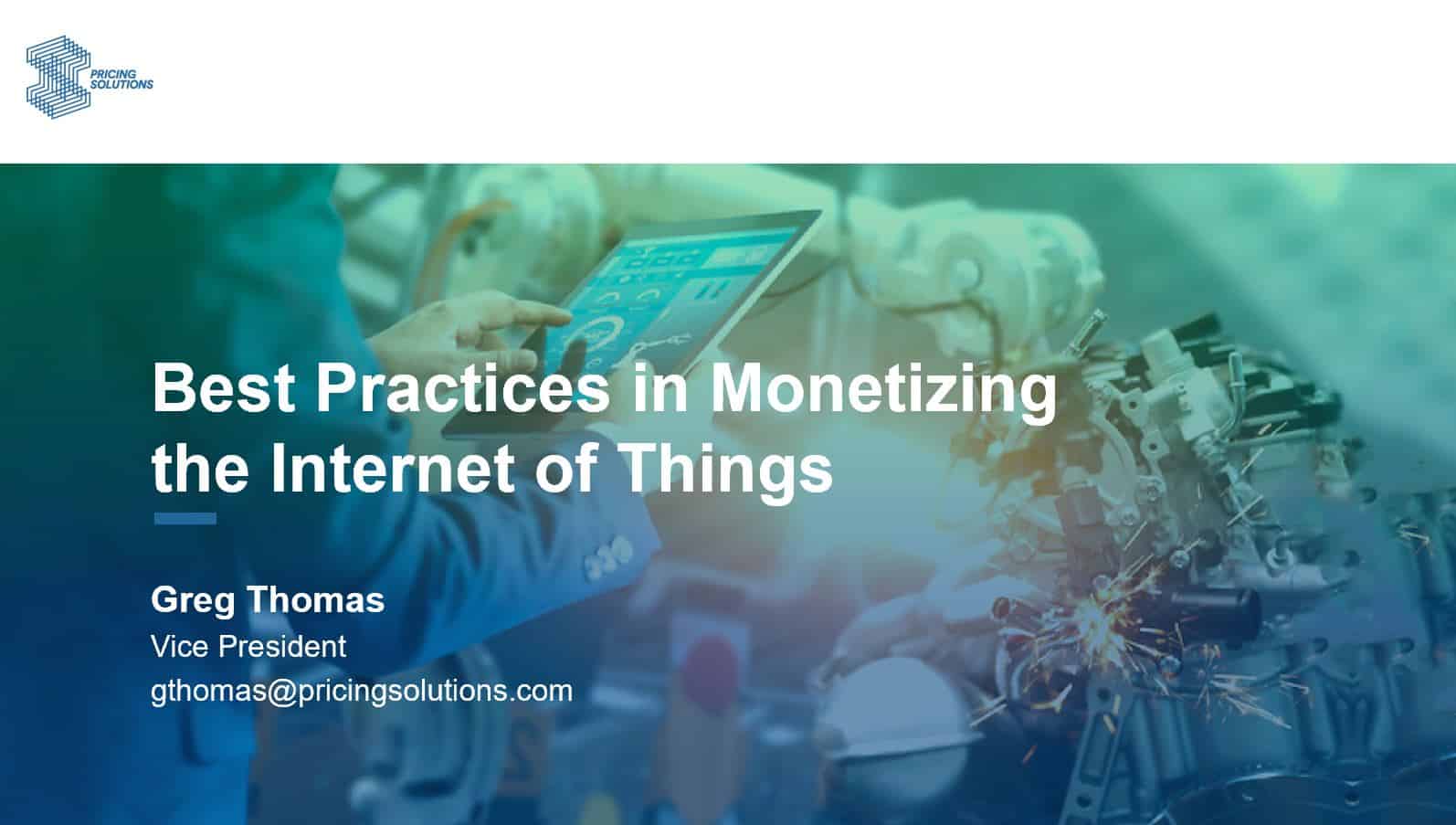
“Best Practices in Monetizing the Internet of Things” Webinar
This webinar will present an overview of case studies and pricing best practices for IoT solutions. Join this webinar to learn how to efficiently price IoT innovations for the long-term revenue growth.
